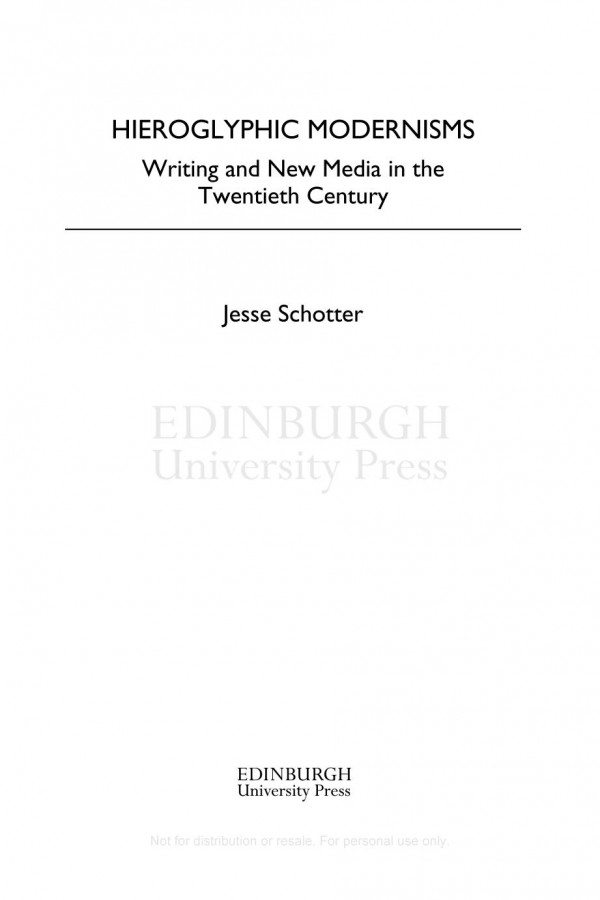

Most ebook files are in PDF format, so you can easily read them using various software such as Foxit Reader or directly on the Google Chrome browser.
Some ebook files are released by publishers in other formats such as .awz, .mobi, .epub, .fb2, etc. You may need to install specific software to read these formats on mobile/PC, such as Calibre.
Please read the tutorial at this link: https://ebookbell.com/faq
We offer FREE conversion to the popular formats you request; however, this may take some time. Therefore, right after payment, please email us, and we will try to provide the service as quickly as possible.
For some exceptional file formats or broken links (if any), please refrain from opening any disputes. Instead, email us first, and we will try to assist within a maximum of 6 hours.
EbookBell Team

4.1
10 reviewsIn the British Museum, one object attracts more tourists than any other: the Rosetta Stone. The decipherment of the Stone by Jean-François Champollion and the discovery of King Tutankhamun’s tomb in 1922 contributed to creating a worldwide vogue for all things Egyptian. This fascination was shared by early-twentieth-century authors who invoked Egyptian writing to paint a more complicated picture of European interest in non-Western languages. Hieroglyphs can be found everywhere in modernist novels and in discussions of silent film, appearing at moments when writers and theorists seek to understand the similarities or differences between writing and new recording technologies. Hieroglyphic Modernisms explores this conjunction of hieroglyphs and modernist fiction and film, revealing how the challenge of new media spurred a fertile interplay among practitioners of old and new media forms. Showing how novelists and film theorists in the modernist period defined their respective media in relation to each other, the book shifts the focus in modernism from China, poetry, and the avant-garde to Egypt, narrative, and film.